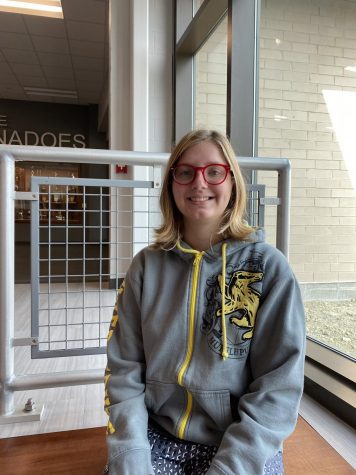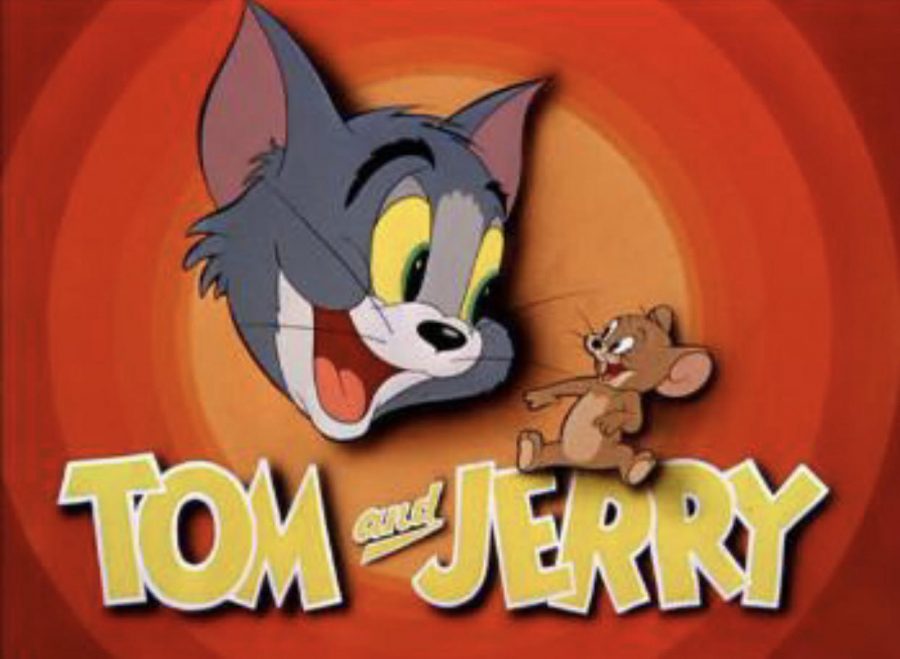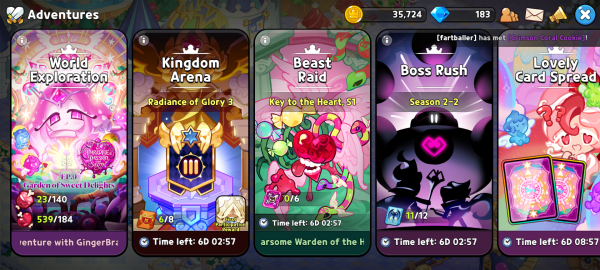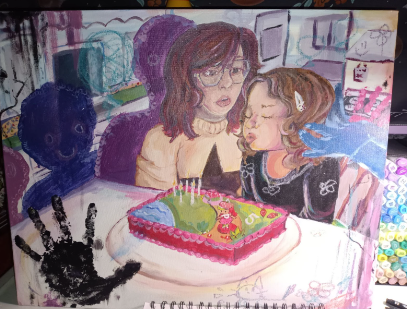Evolution of Animation
Tom and Jerry
In 1908, the first-ever animated film “Fantasmagorie” premiered. The film was designed to show people the reality of what they saw in movies. Since then, more and more animated films have made their debut. Then, in 1947 the first animated cartoon made expressly for television, Crusader Rabbit, first appeared followed closely by The Flintstones, The Jetsons, and Hanna-Barbera. Since then shows like Linus the Lionhearted, Dastardly and Muttley in the Flying Machines, He-Man, DuckTales, Scooby-Doo, Transformers, RugRats, and Johnny Bravo all came out throughout the 60s, 70s, 80s, and 90s.
Warner Bros., one of the most popular franchises, created Looney Tunes which became the most popular in the 1950s. They were responsible for shows like The Road Runner Show, The Tom and Jerry Show, Animaniacs, Duck Dodgers, and Wabbit.
As animation progressed, some commonplace things in older shows became less and less common, and it became more mainstream. Instead of the one-off shows where every day is a new day, we started to get more storylines, where characters developed and interacted with a plot. Instead of your typical squash and stretch characters in everyday environments, we got more fantasy and world-building.
Another thing to change is the representation of African Americans, woman protagonists, and even the LGBTQ+ community. Some great examples of these are Amphibia, Craig of the Creek, Kipo, and The Hollow. It goes to show that people can change for the better and become more accepting. On top of this, cartoons are also beginning to include more cultures and religions into the mix, a great example being Victor and Valentino. I believe this to be truly amazing.
Rachel Immel, a former Crimsonian writer and editor who now works in the field of animation, had this to say about the ever-evolving world of animation: “Animation is an amazing medium that can connect with audiences of many demographics not only do to its ability to make complex concepts more easy to digest, but doing so in a visually captivating way. While many of these shows are “aimed towards kids”, topics like loss, diversity, love, mental health, and so many more are all being addressed in different ways through animation today. Cartoons allow artists and storytellers to create a stylized world from the ground up to help immerse their viewers while having their characters overcome circumstances and challenges relatable to the human experience.”
Child safety has also changed drastically over the decades. During the golden age of animation, it was commonplace to see evil, villainous, or even tough-looking characters smoking or knocking back a cold one. Today, that would not fly at all. Major companies work day in and day out to make sure that the animated cartoons are one hundred percent child-appropriate, even going as far as making them “too kid-friendly.” Gravity Falls, a popular children’s show back in 2012, was a victim of one of these rulings. One of the many instances was that they were not allowed to include spin-the-bottle on the Summerween party flyer. Instead, they jokingly put “Not S+P improved.” (And, on a side note, Alex Hirsch, the creator of Gravity Falls, is currently working with Netflix on something. Whether it is live-action or animated is unclear, but there are a lot of expectations riding on this. Heck! I don’t even know if it is Gravity Falls related! And yet I am so excited to see what it is!)
On the flip side, more adult shows have come into the mix as well. Instead of only being for kids, adults can enjoy shows like Family Guy, American Dad!, and Rick and Morty. These shows may not be very funny to children but are extremely popular with the adults (so I hear). Immel adds that rather than working towards complete child appropriateness, “Many cartoons are actually testing the boundaries of what can be exposed to children, including Infinity Train, Over the Garden Wall, and many more, especially as shows start to move directly to streaming platforms and have much more freedom to experiment with the medium. Adult animation is doing the same as well!”
As society continues to evolve, I am excited to see how it affects cartoon animation. Cartoons are a big part of a lot of people’s childhood. I cannot wait to see what future generations get for their childhood and how it affects them.

Brynn Blickensderfer is a first-year writer for the Dover Crimsonian crew. She plays trumpet for the high school band and is a first-time cellist for the...










